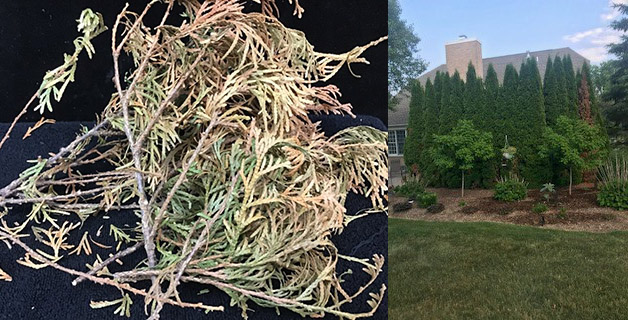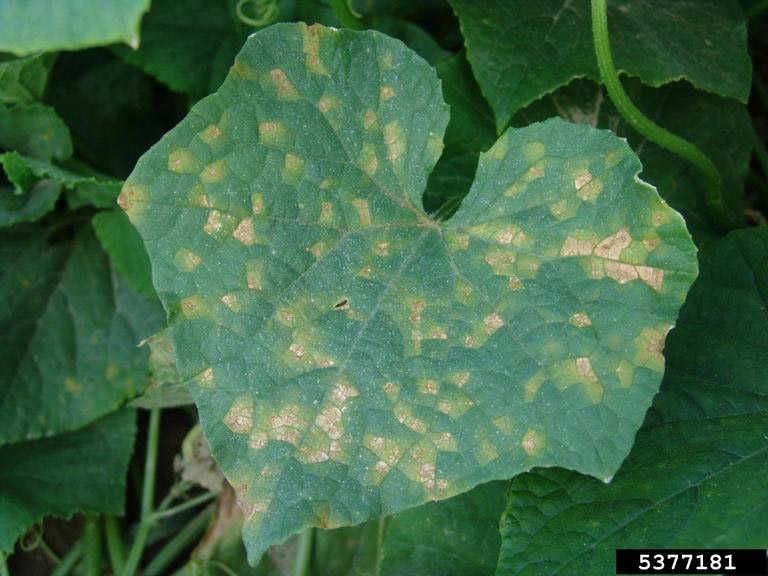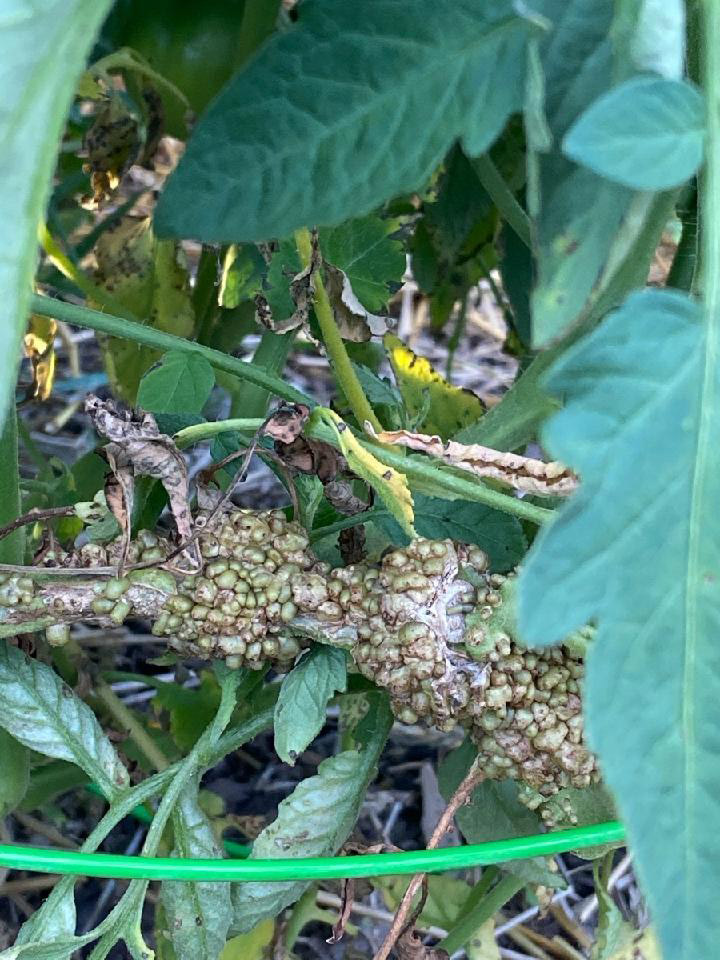Michigan landscape update - Aug. 11, 2020
Michigan landscape update - Aug. 11, 2020

The first week of August brought cooler than average temperatures to Michigan due to an upper air pattern. The western half of the Upper Peninsula was approximately 5 degrees Fahrenheit cooler than average. Most of the Lower Peninsula received 1 to 2 inches of needed rain. Up to July 28, 58% of Michigan was categorized as abnormally dry. The medium range forecast for weather through August 18 departs from the unseasonably cool weather returning to above average temperatures and humidity.
Weather stress and trees
The most common questions coming in to MSU Extension from Michigan gardeners during the past two weeks were questions regarding trees with underdeveloped canopies, stressed or diseased trees, browning landscape plantings, and fungal pathogens and unusual growth patterns on vegetables.
Oaks and maples in west Michigan are still showing evidence of the late freeze event in May. At the Standale Enviroweather station, the low temperature dipped to 25 degrees Fahrenheit on May 9, just as many trees in west Michigan were leafing out. Many buds on oak trees in Kent, Allegan, and Kalamazoo counties were killed and only recently have pushed out new buds yielding a much-reduced canopy. Many Japanese and Norway maples suffered the same fate. These problems are compounded by the drought and heat stress of recent weeks.
Browning, stress displayed by shrubs and perennials
Another common problem reported by Michigan gardeners is the browning or overall lack of vigor of many landscape shrubs and perennials. The heat and drought are particularly challenging for newly established plants.
While drought stress can be blamed for many crispy shrubs and trees, it is not always the problem. Recently, the MSU Plant & Pest Diagnostics lab received a sample of an arborvitae that was brown and heavily damaged (Figure 1). No foliar pathogens were identified. A small number of spider mites were found but not in numbers likely to cause significant damage. The diagnostic outlook changed when the client provided a photo that included neighboring landscaping. Only one arborvitae within a dense privacy screen was showing symptoms of damage and it was limited to half of the one plant. Since it was only affecting one plant, the likely cause is rodent damage at the base or root damage. This example reveals the importance of context when examining and diagnosing plant problems in landscapes.
Downy mildew on cucurbits
Vegetable plants are also showing signs of stress. Downy mildew, angular yellow lesions on leaves of plants, has been reported by a wide variety of gardeners throughout the state on cucurbits (Figure 2). Cucurbits are those plants in the gourd family which includes melons, pumpkins, squash, and cucumbers. Downy mildew is also a problem on commercial cucumber farms this season. Our recent weather patterns have been ideal for the development of both downy and powdery mildew. Many plants became heat or drought stressed due to weeks of heat, followed by a pattern of cool, wet weather allowing for the downy mildew pathogen to take hold. Photos are helpful in identifying which fungal pathogen is causing symptoms on vegetable plants, but a photo alone may not provide a definitive diagnosis. For some diseases the symptoms can be easily confused, and it is best to submit a sample to the MSU diagnostic lab.

“Warty” tomatoes
A couple cases of tomatoes with strange, wart-like growths on stems have been reported during the last few weeks (Figure 3). In the case of these tomatoes, the warty-looking growth on the stem is adventitious rooting or rooting that develops in an atypical location on the plant. The primary cause for this unusual-looking root bud formation is plant stress, although there are other possibilities including root pathogens or a nematode infection. These often form at sites on the stem where the plant has been damaged. When looking at very abnormal plant growth, herbicide damage should also be considered as a possible cause.

Final tip – keep your plants and trees watered
As the heat and humidity returns to Michigan this week, many types of plants may experience drought stress. Water trees and shrubs along with your annuals.



 Print
Print Email
Email